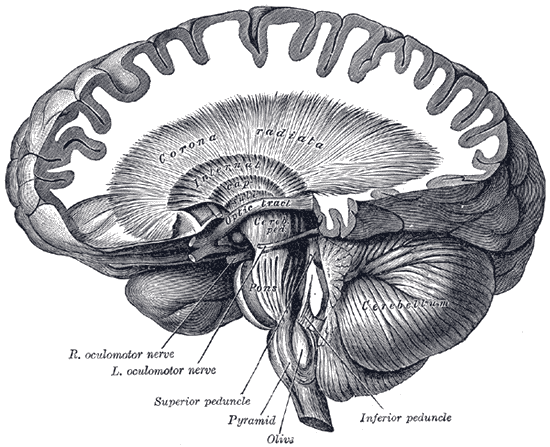We spent about 20 minutes in Self-Assembly talking about natural synchronization and the math and physiology behind them. You have natural pace-makers, not only in your heart, but also in your central nervous system. Walking, clapping, etc... the rhythm is built in to the system that is your innards.
There's a social aspect to it, too. Cultures that clap at lower frequencies often end up with synchronous clapping, while higher-freq clapping generally stays out of phase. Think about the difference between applause at an Austrian opera house and clapping in an African tribal tattoo, as an example off the top of my head that may not really be accurate.
It's not just us. Fireflies in Malaysia have been shown to cooperate. The males attract females with their butt-lights, and to create an even brighter light, a cluster of males will light their tushes simultaneously, continuing to do so in phase in order to bring the ladies over.
*********************************************
I also talked with another grad student about his research. Unfortunately, the best I can do is paraphrase, but the underlying concept is pretty mind-boggling.
The gist is this: There is barely enough information in our DNA to encode one pinky's fingerprint, let alone an entire body's anatomy. DNA alone can't be responsible for turning an egg and a sperm into a person. Consider that C. Elegans, a tiny nematode, has 10,000 base pairs of functional DNA; an onion has 17,000 base pairs; a human has 19,000 base pairs.
Could this mean that the palpable, measurable aspects of our bodies can't account for our sentience? Do we have souls? Were we created by God?
Yeah, I'm not touching those last two questions.
The cerebellum is a good example of how to account for anatomical complexity. When an embryo starts forming, there are basically a few layers of cells that form a sphere. In this early developmental stage, the brain section has two layers. The DNA of the cells in these layers cause the outer layer to grow slower than the inner layer, in response to some chemical or other.

As the inner layer of the sphere grows, it's bounded by the outer layer, and the new cells are forced to the inside. The layer buckles. This global invagination (I do love that word. It makes me feel like I'm in Junior High again) is the result of a simple DNA sequence, but it allows for the higher-level thinking that separates vertebrates from worms and bugs and whatnot.
In conclusion, INVAGINATION. Hee hee!



No comments:
Post a Comment